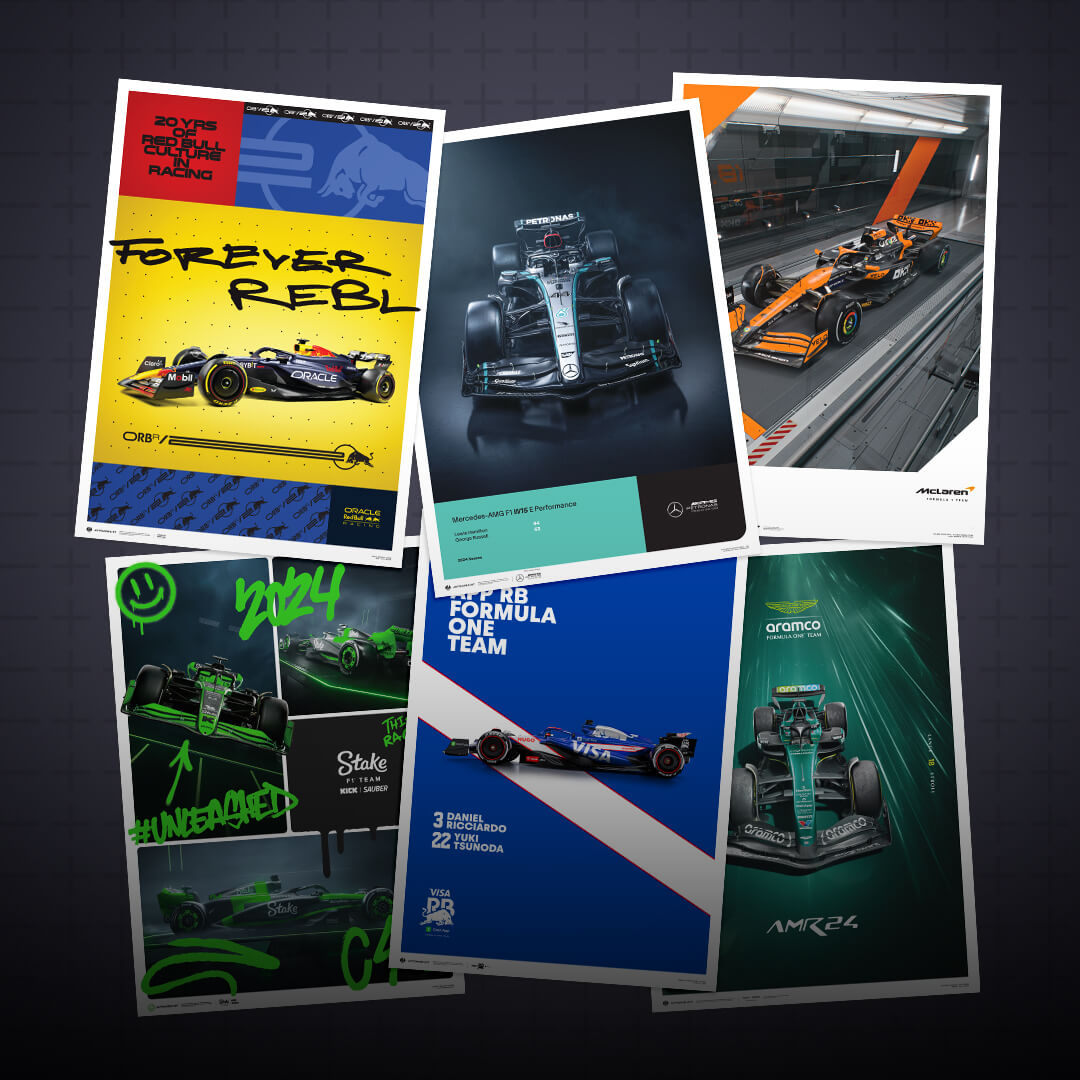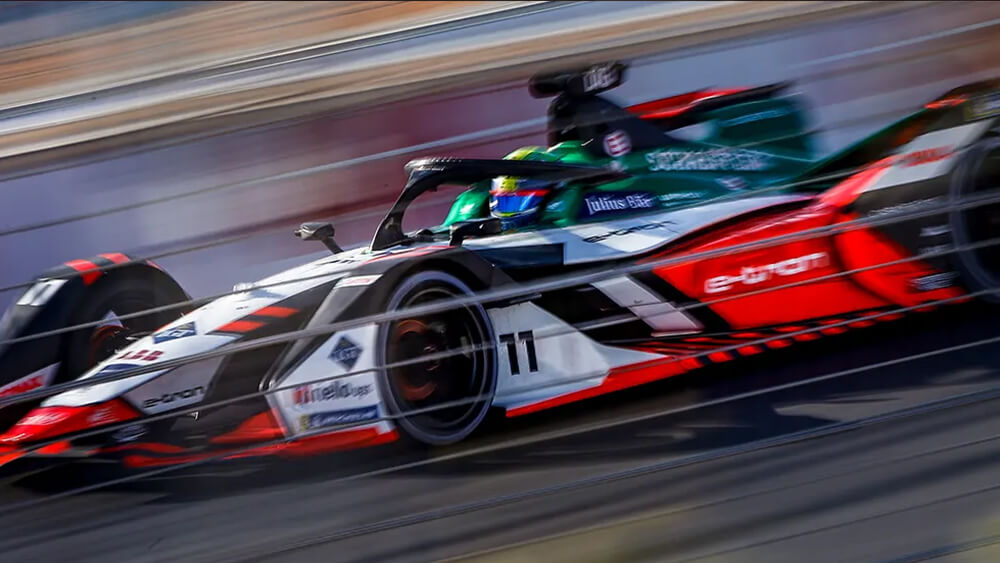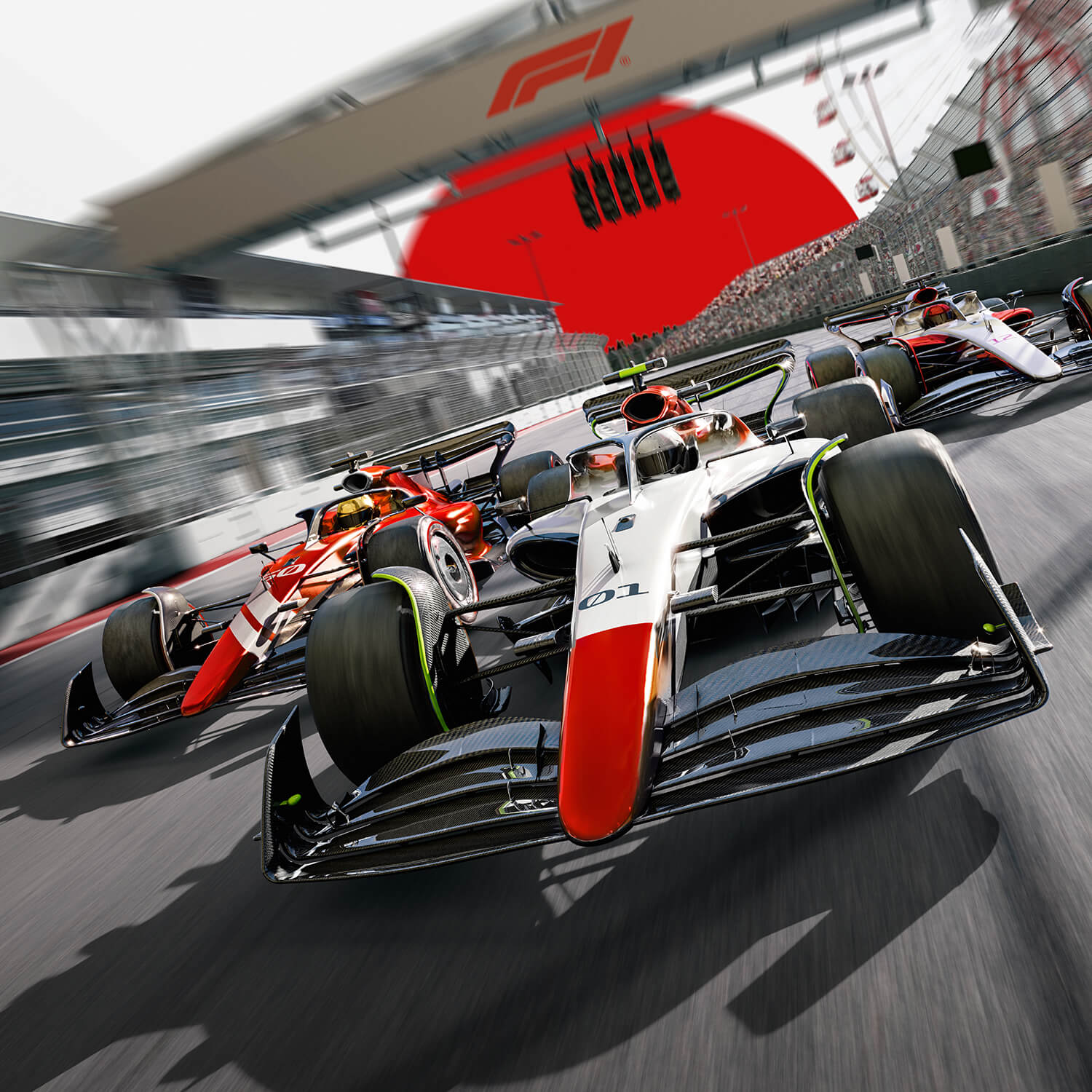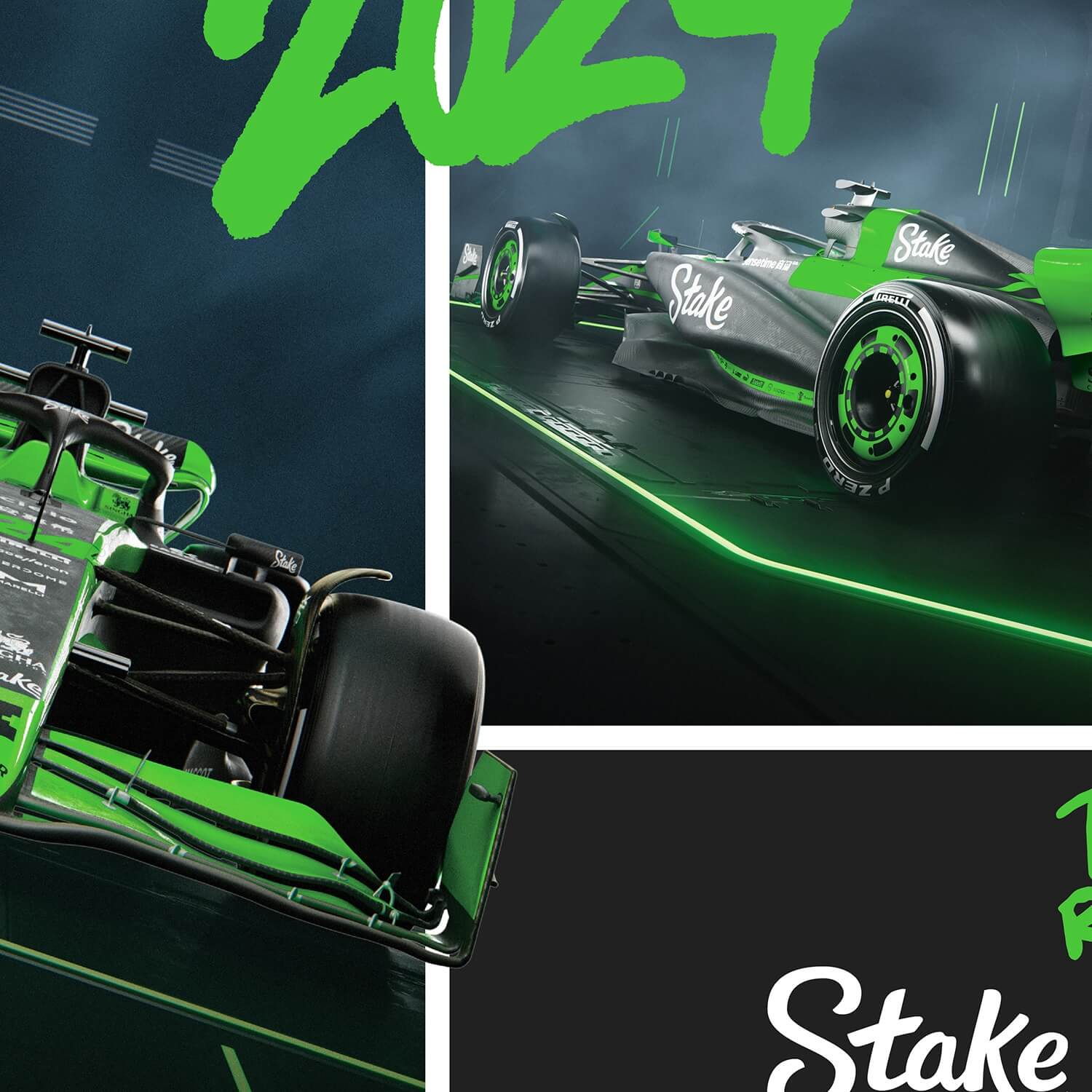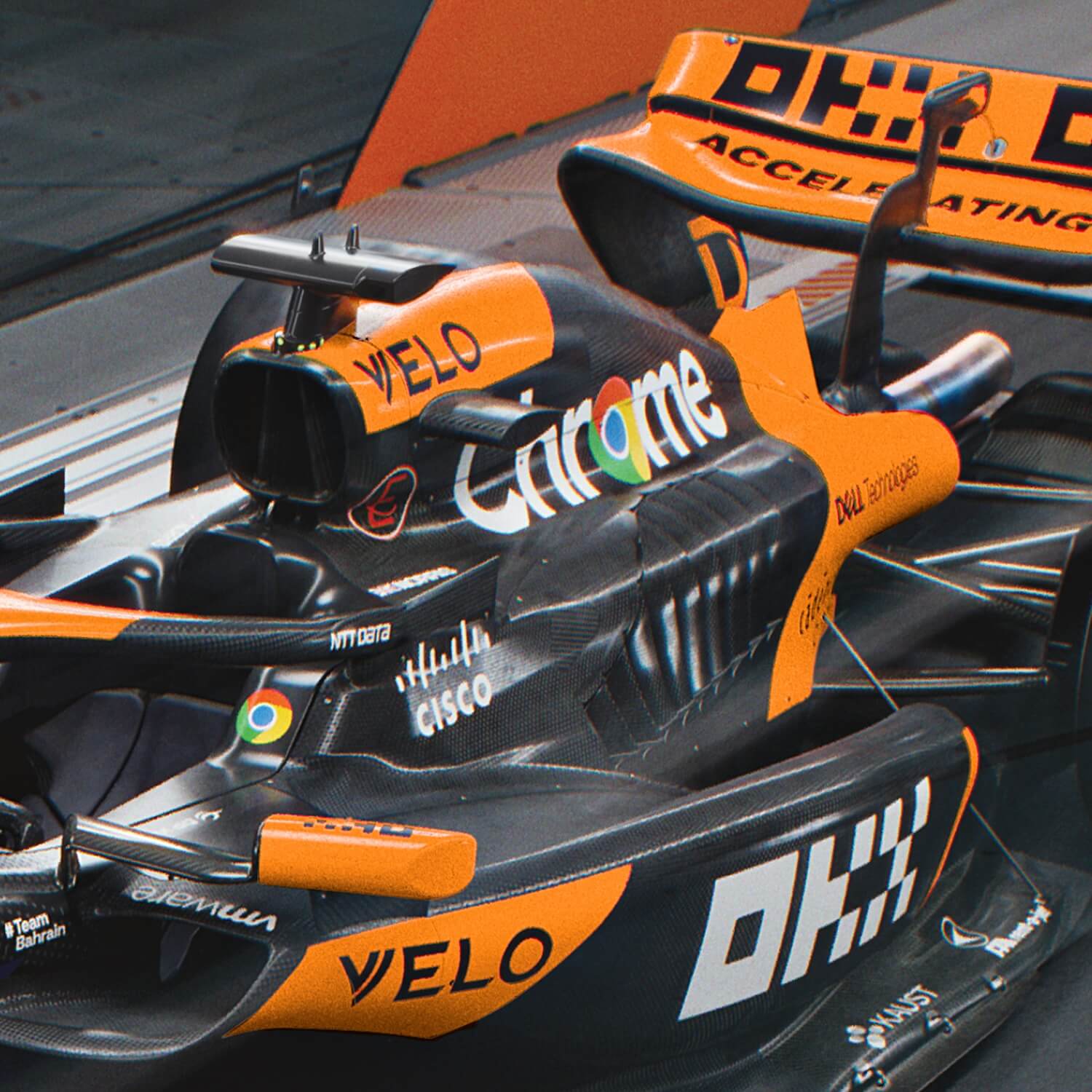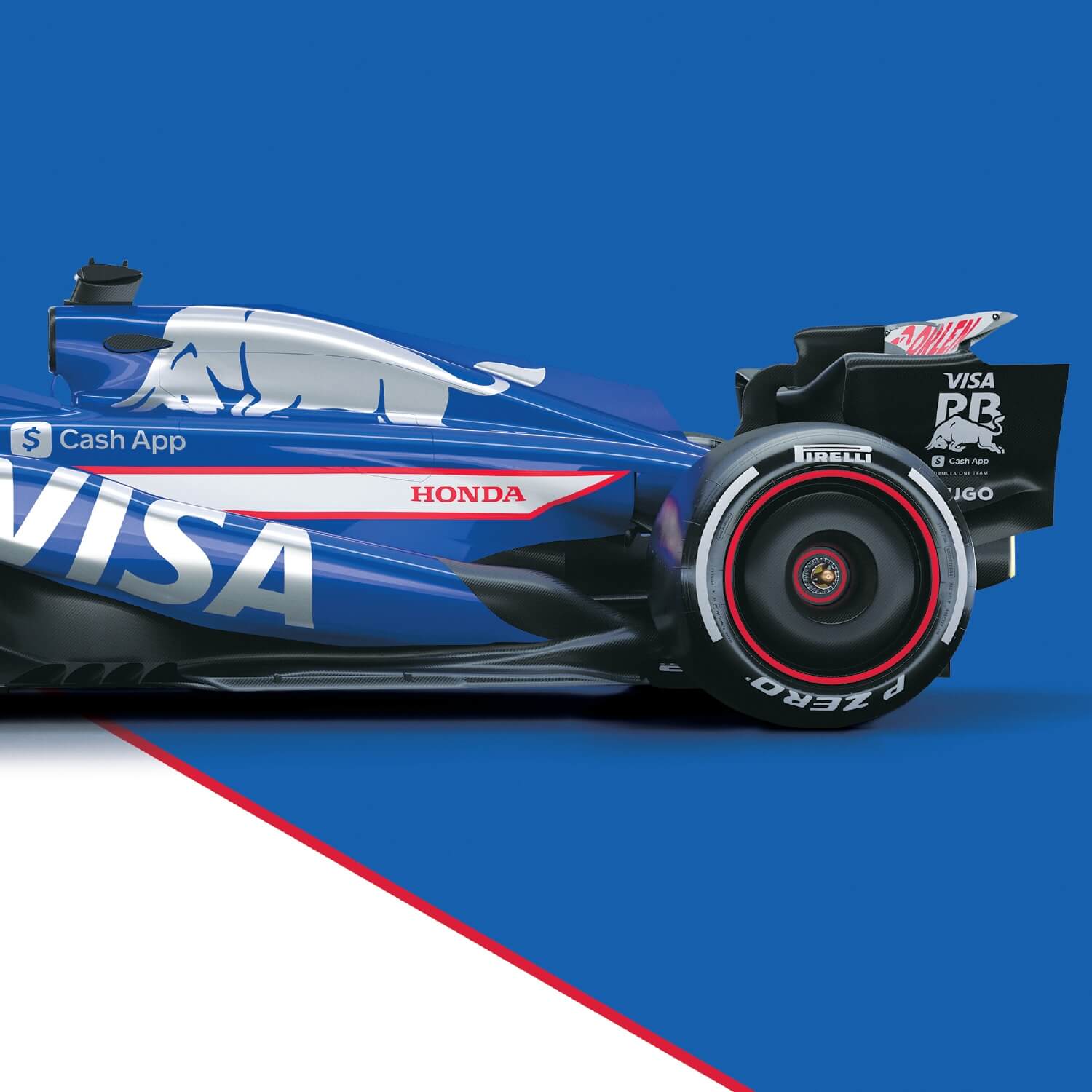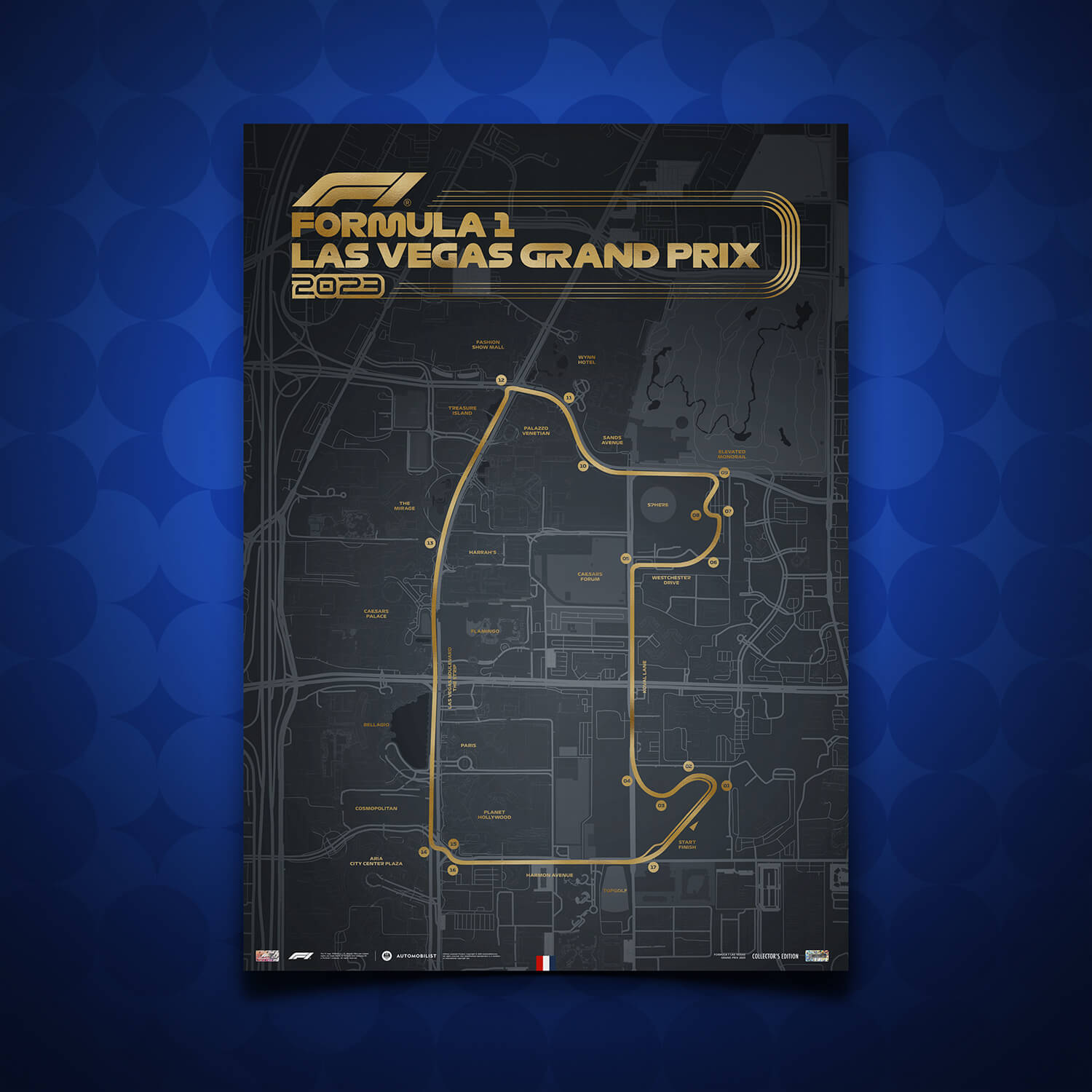Formula E may still be among the youngest of the Fia’s Championships but as it embarks on its seventh season, the motorsport is taking giant strides ahead. The opener, held as usual in Diriyah, is Formula E’s first night race, making use of the floodlights at the venue – and doing so in a sustainable manner. Rome, Monaco and Santiago are among the high-profile venues on a provisional schedule.
Global manufacturers, Mercedes, Porsche, BMW, Audi, Jaguar and Nissan will all be represented, and as they battle, they still have to defeat DS TECHEETAH, the relative minnows that have swept up in recent years. While the future is 'electric', let's take a step back – way back – to a highly-charged past when electric cars were the world’s fastest and internal combustion engines were an upstart technology that might have been left behind had things panned out slightly differently.
The end of the 19th century was a period of enormous technological advancement. From the creation of the first computers to the development of bicycles and telecommunications, this was an era in which every decade saw the arrival of another society-changing invention. And nowhere was that more apparent than in the exploitation of the potential of electricity. In the 1860s and ’70s electric power arrived above the streets of towns and cities in the shape of blinding arc lights, and almost simultaneously electricity began to power the traffic on those streets.
It’s generally accepted that in 1881 Frenchman Gaston Planté, inventor of the rechargeable lead-acid battery, set the wheels of electric mobility in motion by driving a tricycle powered by electricity down a Paris street. Three years later English inventor Thomas Parker, responsible for the electrification of the London Underground, built the world’s first electric car proper, which he used regularly for his commute to work in the town of Wolverhampton. Parker's invention came a year before the world's first production car – the Benz Patent-Motorwagen. The creation of the Benz Patent Motorwagen began an almost three-decade battle for motoring supremacy that would ultimately be won by the internal combustion engine but until the turn of the century at least, it was electric power that held sway.
 Thomas Parker first produced electric cars in Wolverhampton in 1884, though the earliest documentation is from 1895.
Thomas Parker first produced electric cars in Wolverhampton in 1884, though the earliest documentation is from 1895.
 Benz patent motorcar from 1886 often called the world's first automobile. Image courtesy Mercedes-Benz
Benz patent motorcar from 1886 often called the world's first automobile. Image courtesy Mercedes-Benz
In the US, William Morrison was busy developing electric vehicles in Des Moines, Iowa, while in Philadelphia in 1894, the thrillingly named Electrobat was put into production by its creators Henry Morris and Pedro Salom. Fleets of electric taxis were operating on the streets of London in 1897. In the same year in New York City, the Electric Carriage and Wagon Company began running 12 electric hansom cabs. In Europe in 1898 Porsche unveiled its first electric car, known as the P1. So popular was electric power that by 1900, 28% of the 4000+ cars produced in the US were electric.
By the 1890s, engineers and thrillseekers had taken the basic principles of electric motoring and were busy pushing power and potential to the limit. The most famous of these engineer daredevils was Belgian Camille Jenatzy. Born in 1865, Jenatzy studied civil engineering but his true passion was for speed. The rapidly developing world of the automobile captured the young inventor’s attention and he was soon building his own electric vehicles, solely with the intention of making them as fast as possible.
 From the 19th century to now, electric cars have come a long way... and then not! Image courtesy Formula E
From the 19th century to now, electric cars have come a long way... and then not! Image courtesy Formula E
Jenatzy made his competitive debut at the controls of his own car in 1898 at the Course de Côte de Chanteloup, reckoned to be one of the earliest hill climbs on record. The vast majority of the 95 competitors piloted a petrol-driven vehicle – with the exception of Jenatzy and his great rival Count Gaston de Chasseloup-Laubat. Both were considered outsiders, but despite heavy rain and tricky conditions the electric cars won out on the short course and when De Chasseloup-Laubat retired with a broken drive train, Jenatzy won with the day’s record speed of 17 mph. Jenatzy’s triumph at Chanteloup infuriated de Chasseloup-Laubat and three weeks later he doubled Jenatzy’s speed, setting an official land-speed record of 39.2 mph in an electric vehicle built by Jeantaud of France.
Jenatzy challenged the nobleman and over the following year they competed repeatedly, with each race resulting in a new land speed record. Chasseloup-Laubat hit 70.17 km/h (43.6 mph) on January 17, 1899. Ten days later Jenatzy went 10 km faster, only for the Belgian to be beaten the following week by the Count who hit 92.7 km/h (57.6 mph) with a new car the Jeantaud Duc profilée.
Furious, the volatile, Jenazty whose red hair earned him the nickname, the Red Devil, spent two months hammering away at a new project. The result was La Jamais Contente (‘Never Satisfied’), a torpedo-shaped vehicle specifically designed for the record attempt. Jenatzy’s vehicle put out a not inconsiderable 68 horsepower and ran on pneumatic tyres provided by the Michelin brothers. On April 29, 1899, Jenatzy was ready. On public roads near Paris, the fearless Jenatzy powered La Jamais Contente to become the first man to go faster than 100 kilometres per hour, reaching 105.9 km/h (65.7 mph).
 Camille Jenatzy in a Mercedes 90hp ahead of the Gordon Bennet Cup in Ireland, eventually finishing at the top of the podium. Image courtesy Motorsport Images
Camille Jenatzy in a Mercedes 90hp ahead of the Gordon Bennet Cup in Ireland, eventually finishing at the top of the podium. Image courtesy Motorsport Images
 In 1908 Henry Ford launched the Model T as a “motor car for the multitude” and thereafter, electric car sales plummeted. Image courtesy Ford Motor Company
In 1908 Henry Ford launched the Model T as a “motor car for the multitude” and thereafter, electric car sales plummeted. Image courtesy Ford Motor Company
As the second decade of the 20th century arrived, however, the fortunes of both the electric car and Jenatzy were waning. The flamboyant racer had vowed to die at the wheel of a Mercedes and in 1913 his wish came true. While taking part in a hunt, Jenatzy thought it would be hilarious to hide in a bush and imitate a wild boar. He was shot and fatally wounded. His fellow hunter bundled him into his Mercedes and rushed him to a nearby hospital but the great racer was dead on arrival. The first golden age of electric mobility was also coming to an end. Internal combustion-powered cars would hold the record for the next half century before the arrival of turbojet and rocket-powered cars.
On the roads, the popularity of electric cars grew through the first decade of the 20th century. However, the writing on the wall for early EVs had already been inked. In 1908 Henry Ford launched the Model T as a “motor car for the multitude”. “When I’m through, just about everybody will have one,” he insisted. Five years later that vision came to pass when he established the world’s first production line at his Highland Park factory. Simple, sturdy and now supremely cheap, Ford’s combustion engine-powered car sold by the million. Pricey, hand built and tough to maintain, electric car sales plummeted. They would not recover for almost a century.




